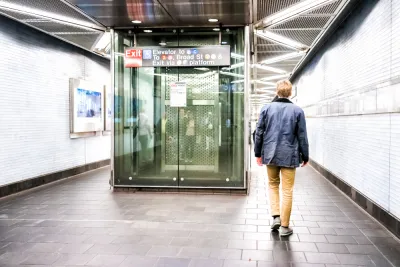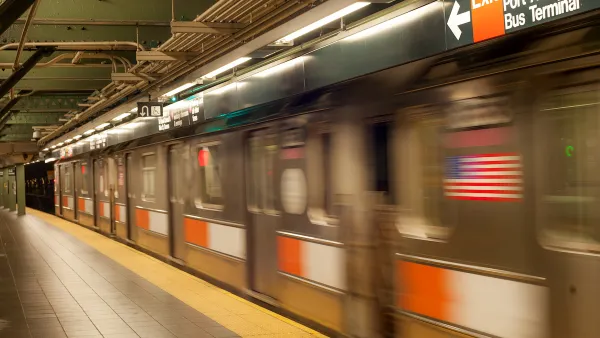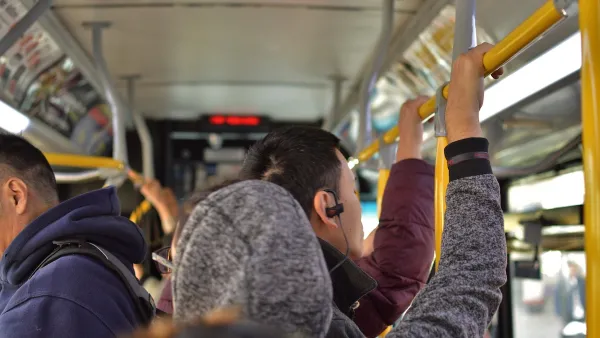The MTA announced plans for new or improved elevators at almost two dozen stations as part of its pledge to make more of its stations fully accessible.

New York’s Metropolitan Transportation Authority (MTA) announced plans to improve accessibility by installing or replacing elevators at 23 stations, acting on its pledge earlier this year to make 95 percent of its stations fully accessible by 2055 in the wake of multiple lawsuits.
As Audrey Wachs reports in The Architect’s Newspaper, “Varied station designs across the aging system make upgrades challenging, but advocates have long contended that the MTA can and should be doing more to improve accessibility: The city has one of the lowest percentages of accessible stations of any major transit system worldwide.”
The agency is entering into a public-private partnership, known as P3, to fund the work on eight stations. “Under the P3 model, the developer will partially finance the project, with equity repaid only if the elevators and other improvements are built and maintained to the MTA’s standards.”
As advocates repeatedly point out, “Accessible transit doesn’t just benefit people who use mobility aids: they also benefits seniors, caregivers lugging strollers—there are 553,000 young children in the city—visitors with heavy suitcases, and people who are just plain tired.” Moreover, accessibility includes more than just elevators and ramps. One lawsuit filed against the MTA calls on the agency to close the vertical and horizontal gaps that can pose a danger to people with mobility or visual impairments.
FULL STORY: MTA announces much-needed elevator upgrades at multiple subway and train stations

National Parks Layoffs Will Cause Communities to Lose Billions
Thousands of essential park workers were laid off this week, just before the busy spring break season.

Retro-silient?: America’s First “Eco-burb,” The Woodlands Turns 50
A master-planned community north of Houston offers lessons on green infrastructure and resilient design, but falls short of its founder’s lofty affordability and walkability goals.

Delivering for America Plan Will Downgrade Mail Service in at Least 49.5 Percent of Zip Codes
Republican and Democrat lawmakers criticize the plan for its disproportionate negative impact on rural communities.

Test News Post 1
This is a summary

Test News Headline 46
Test for the image on the front page.

Balancing Bombs and Butterflies: How the National Guard Protects a Rare Species
The National Guard at Fort Indiantown Gap uses GIS technology and land management strategies to balance military training with conservation efforts, ensuring the survival of the rare eastern regal fritillary butterfly.
Urban Design for Planners 1: Software Tools
This six-course series explores essential urban design concepts using open source software and equips planners with the tools they need to participate fully in the urban design process.
Planning for Universal Design
Learn the tools for implementing Universal Design in planning regulations.
EMC Planning Group, Inc.
Planetizen
Planetizen
Mpact (formerly Rail~Volution)
Great Falls Development Authority, Inc.
HUDs Office of Policy Development and Research
NYU Wagner Graduate School of Public Service





























